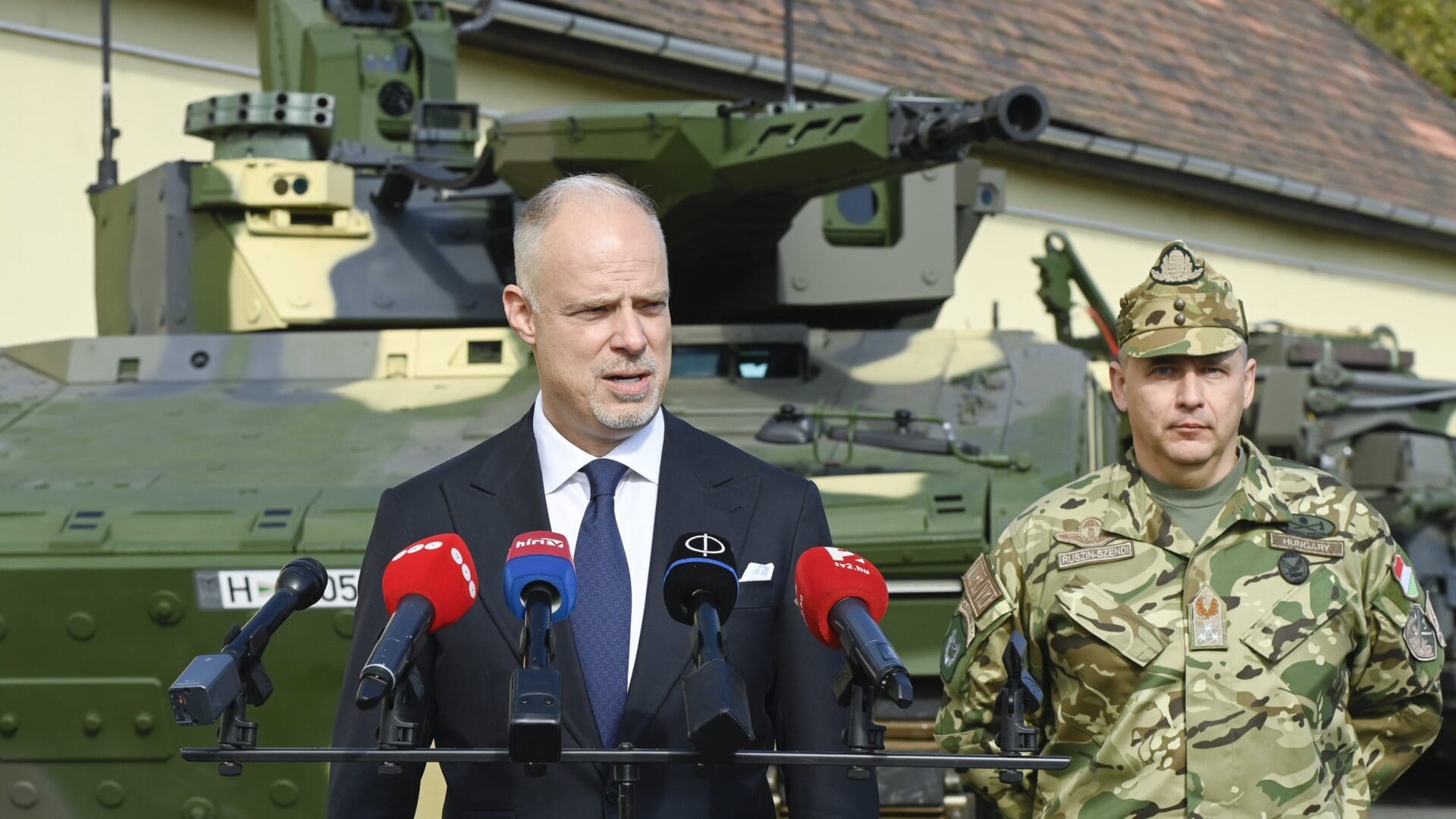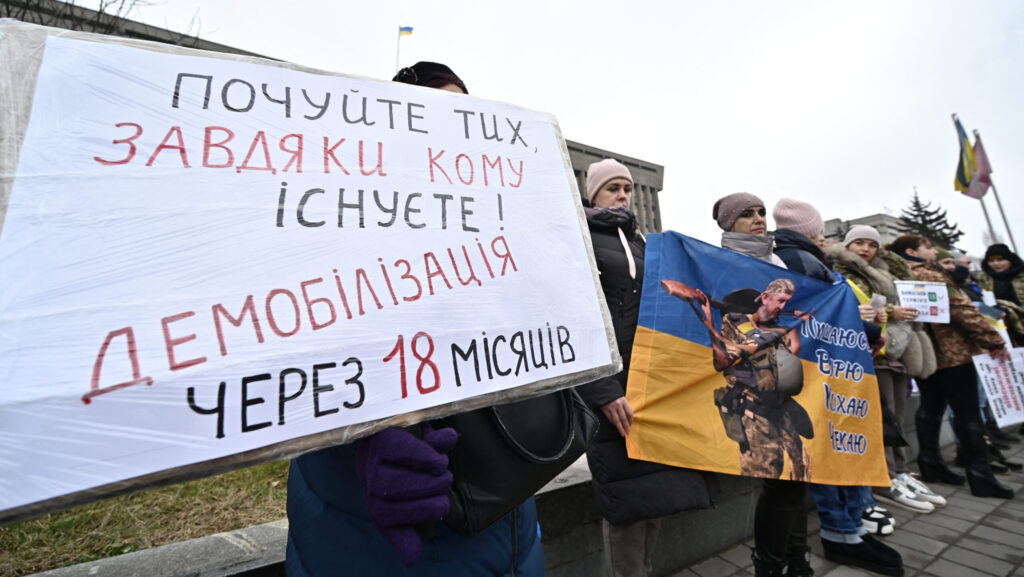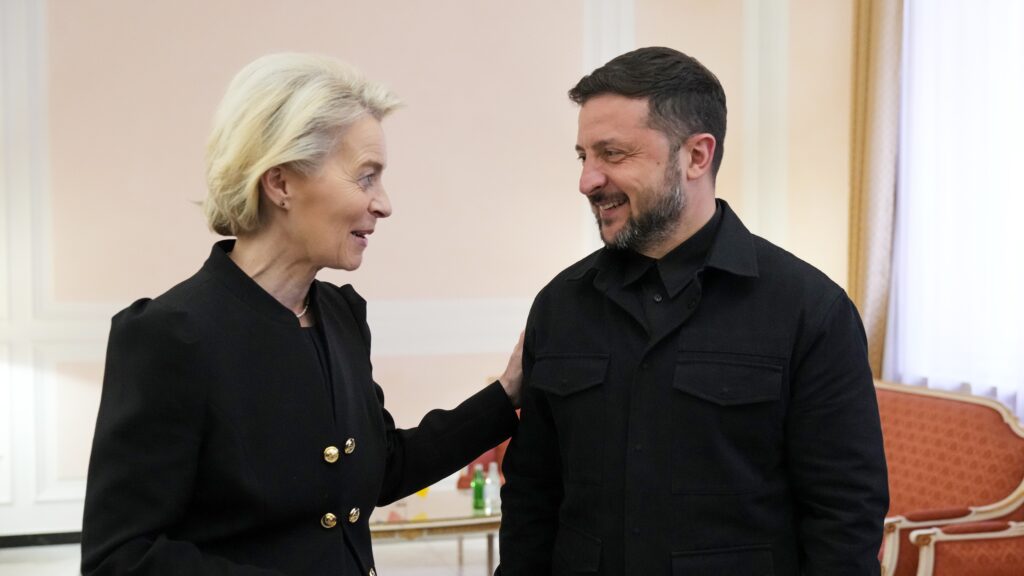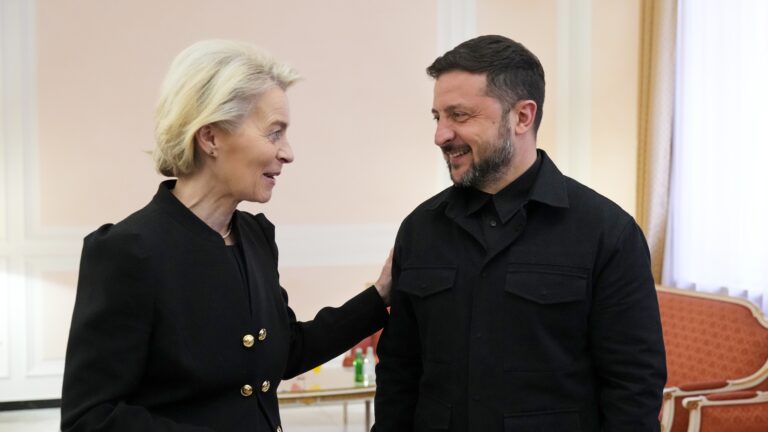The Hungarian force development programme will keep on roaring in 2023. The government’s defence modernisation and capability building programme, launched in 2017, will see high-end military equipment arriving this year, including Leopard tanks and helicopters. The national defence industry is also shifting into new gear as the first Lynxes will roll off the production line. Mandiner asked the Ministry of Defence about the outlook of the Hungarian defence sector this year and beyond.
Although the Orbán administration had pledged earlier to meet NATO’s request to spend two per cent of its GDP on defence by 2024, Hungary could reach this level as early as this year. This shows the commitment of the Hungarian political and military leadership to the implementation of the Defence and Military Development Programme.
In 2017, the Hungarian government announced the initiative with the promise of realising the long-awaited, much-needed modernisation and reformation of the HDF in the next ten years.
The force development programme essentially aims to acquire NATO-compatible equipment, from personal equipment to combat gear,
manufactured by the European and the newly-born Hungarian defence industry.
Hungary’s defence capability has already grown significantly, which is essential not only in terms of self-defence and deterrence, but also for the country to remain an influential contributor to regional, European, and transatlantic security efforts in trying times. Also, as a continuation of the modernisation programme, more defence industrial capacity will arrive or be produced in Hungary this year, enabling the Hungarian Defence Forces to meet the challenges of the modern age.
On this subject, the Hungarian Ministry of Defence (MoD) told Mandiner that they are closely examining what military lessons can be learnt from the Russian-Ukrainian war. This includes studying the tools and procedures used there, some of which they intend to incorporate into the process of force development.
‘Force transformation is a never-ending task, we have to continuously adapt to the changing environment, and be at the forefront of preparing for the future’ stated the Defence Ministry.
What Can We Expect in 2023?
The force development programme covers all aspects of the Hungarian Defence Forces—including the development of land forces, air force, command and control, logistics and support, while also aiming to boost the country’s Volunteer Reserve Capability.
Land Forces
The first Leopard 2A7HU battle tanks will arrive this year, of which Hungary purchased a total of 44 from Germany. Leopard 2A4HUs, which are leased for training purposes, are also expected to be used further into the future. Just as in 2022, PzH 200 self-propelled artillery will also arrive in 2023. This is a historic moment, as the army will regain self-propelled artillery capacity after almost twenty years. The Hungarian military also acquired Carl-Gustaf M4 shoulder-launched armoured personnel carriers, which, according to the Ministry, were purchased with the specific requirement of a modern, portable, shoulder-launched, multi-purpose weapon system.
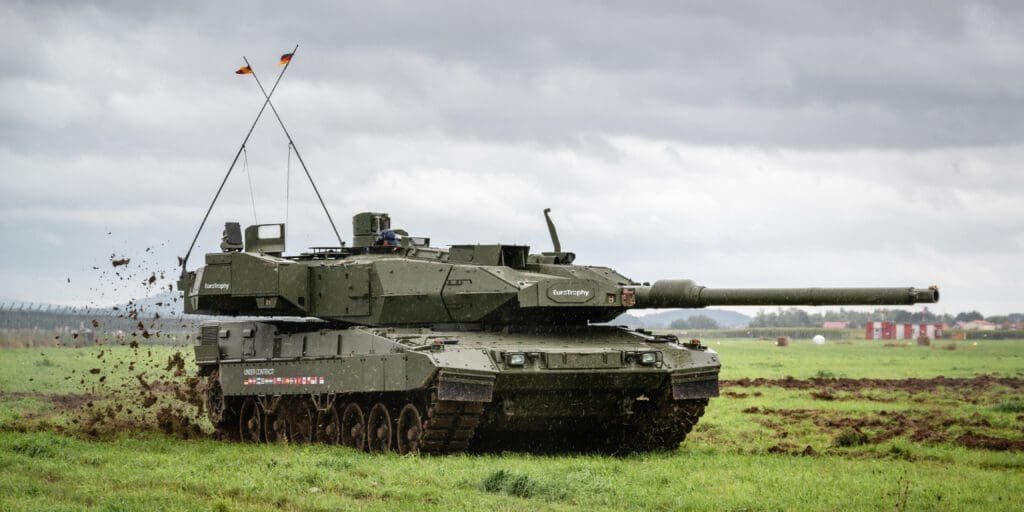
The procurement of armoured infantry fighting vehicles, which will form part of the armament system of the ground forces offered to NATO, has also started. The first Lynx KF-41 arrived last year, and the first units of the Hungarian-built vehicle will roll off the production line this year as well. New ‘multi-purpose’ combat vehicles—Gidrán 4x4s—produced by the Turkish partner of the Defence Forces will be delivered to the troops in 2023, the ministry said.
Air Force
Major developments in the air force include steps to improve the deployability of Gripen fighters and direct air support for ground troops, according to the Defence Ministry. The other major set of fixed-wing capability upgrades is the acquisition of propeller-driven training aircraft (Zlin Z-242L and Zlin Z-143LSi) used for pilot training, and the future procurement of 12 L-39NG training and light combat aircraft. This will contribute greatly to meeting training requirements and increase the number of hours flown.
Priority is also given to restoring air transport capability.
In addition to A319s and Falcons, the procurement of the KC390, a twin-engine military transport aircraft developed by Brazilian aircraft manufacturer Embraer which is also capable of aerial refuelling, has also started. Regarding rotary wing capability, 20 light helicopters (Airbus H145M) have already made it to the country. Meanwhile, the Airbus H225M medium helicopters are arriving in 2023.
According to the Ministry of Defence, the new helicopters will increase air transport capabilities between and within theatres of war, ensuring the deployment, rapid redeployment and withdrawal of ground forces. They will also contribute to the training of helicopter pilots, the maintenance of their proficiency, and support for special operations. Additionally, they will also be suitable for reconnaissance, search and rescue, aeromedical evacuation, and aerial firefighting missions.
Air Defence
Regarding air defence capabilities, the MoD is reaching a significant milestone this year. The procurement of a ground-launched air defence missile capability (NASAMS) and the deployment of an air defence missile operations centre will also take place in 2023.
The development of air surveillance and air defence identification capability is also planned, according to the MoD. The modernisation of the command-and-control system will include the purchase of new radios with high data transmission capacity. Planned purchases in the air surveillance capability upgrade include long-range deployable 3D, medium-range mobile 3D, artillery detection 3D, and passive radars. The purchasing of active radar systems has already started.
Defence Industry
An important goal of the Hungarian defence development is not just to import new technologies, but to create new national manufacturing capacities as well. Arguably one of the most significant developments in the HDF’s military technology in recent years is the Lynx KF41 infantry fighting vehicle, which will be partly produced by the Hungarian military industry from 2023. According to the MoD, 179 Lynxes are to be manufactured in Rheinmetall Hungary’s production facility in Zalaegerszeg, Hungary by 2029.
Hungary is the first country in the world to put the Lynx IFV into service and the first to start series production.
The plant will be able to produce 45 Lynxes per year and is also expected to later make new types of military vehicles and civilian equipment. With the newly-born domestic defence industry, Hungary will not only meet domestic needs and create jobs, but will also produce for export, thus generating income for the country. Of the six planned military plants, two are already operational and four are in the construction or design phase. The German defence giant Rheinmetall is a strategic partner of Hungary in the project.
Concerning the Hungarian defence industry, János Lázár, head of the Ministry of Construction and Transport, recently stated that in the coming years, weapon production and the construction of arms factories will be a priority in Hungary.
‘Let us be clear, weapons factories will be built in Hungary. There will be arms production, aircraft production, fighter aircraft production,’ János Lázár argued, emphasising the great potential in the defence industry, with which Hungary could gain significant economic benefits as well.

